The M4 vs AR15, and the M16, and the dozens of variations of each all with their own letter and number combinations to denote their exact flavor of what is almost the same thing — it’s confusing.
To make matters worse, this is one of those naming conventions that some gun owners love to pick on new people for getting wrong.
Strap in and hang on! We’re going to break down exactly what the differences are for the m4 vs ar15 and help demystify some of this strange nomenclature and jargon!
- AR-15 History
- M4 History
- The difference between the AR15 and the M4
- The M4 Vs AR15 Comparison
Putting The “M” in M14, M16, M4, And More
Before we go further, let’s talk about what precisely the M means. It means “Model”. That was easy to guess, wasn’t it?
But there is a bit more to the story.
The M1 Rifle and M1 Carbine are totally different firearms, but both bear the name “M1”.
And while we’re on the topic, why is there at least 15 Ms by the time the M16 is adopted but only 3 Ms when the M4 is?!
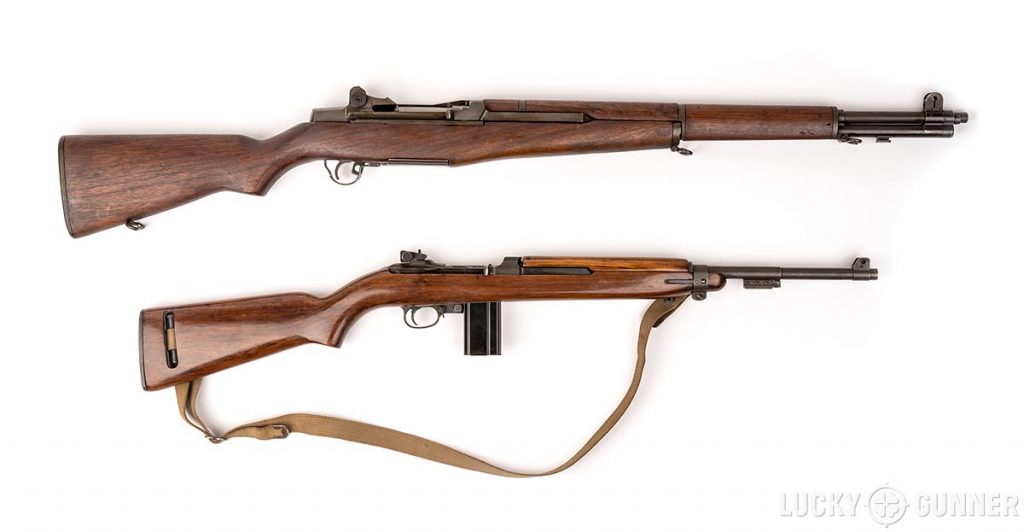
Basically, the military is bad at naming things.
Each category of weapon is considered a different line of naming, rifles are rifles and carbines are carbines. The same goes for pistols and SMGs. So, while they all get an M+number, they are numbered as separate things.
The M1 Garand, officially, is actually “United States Rifle, Caliber .30, M1.
Likewise, the official name of the M1 Carbine is “United States Carbine, Caliber .30, M1”.
The numbers run sequentially, but not all of the weapons within a category (such as “rifle”) are remotely the same thing.
While the M1 rifle was the WWII legend we are all familiar with, the M2 rifle was actually a .22 rimfire training and gallery rifle designed in the 1920s but re-named to the M2 designation in the late 1930s.
M16 means it was the 16th rifle adopted, but really only the M1 and M14 before it was front-line combat rifles.
As it might suggest, the M4 carbine was the 4th carbine.
Now that we have that out of the way, let’s talk about the M4 vs AR15!
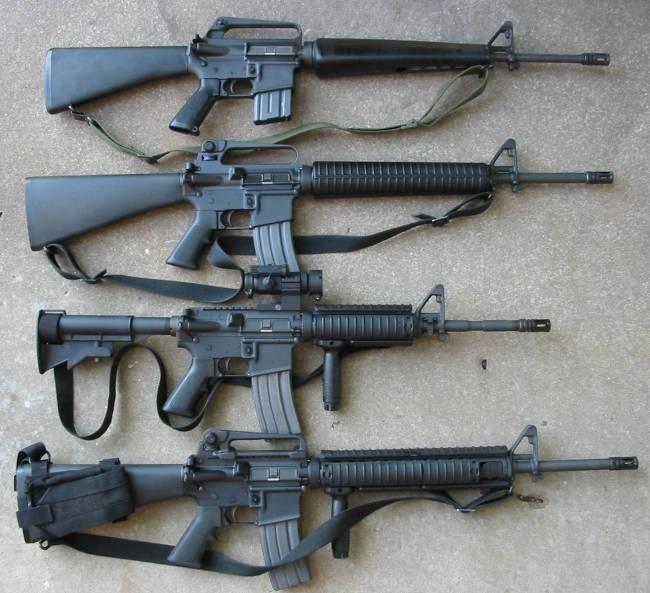
BONUS OFFER: Get your free shooting range targets to print at home!
Get your free targets to print at home!
AR-15 History
All of this starts with the AR-15. Kind of. Really, it starts with the AR-10!
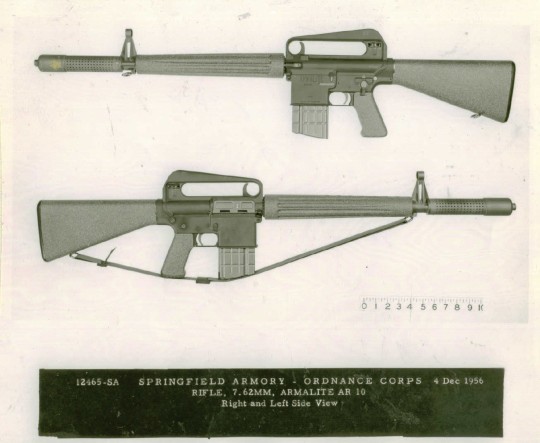
George Sullivan founded ArmaLite in Hollywood California as a division of Fairchild Aircraft Corporation. Soon after starting the company, Eugene Stoner joined the company as the lead engineer.
Starting almost immediately after World War II the US and just about everyone else began looking for a new service rifle to replace their current standards. Along with it, a new cartridge that everyone could agree on.
The details of this process are pretty interesting with some crazy stories to tell about it, but that is outside of this article’s scope.
A really long story short, the 7.62×51 NATO cartridge was decided on. Now the USA needed a new rifle to go with it.
Starting in 1952 the Infantry Board Service Rifle Trials kicked off their testing to find a new US standard issue rifle.
In 1954-’55 Stoner and his team developed a full-powered rifle chambered in 7.62×51 NATO. A year later it would compete in trials against the T44 (what would become the M14), Springfield’s T47, and the T48 (a copy of the FN FAL).
At the time, ArmaLite’s design was revolutionary. Using primarily plastic and aluminum the AR-10 weighed only 6.85 lbs unloaded. This compared to the T44’s 9.2 lbs and the T48’s 10.2 lbs.
Popular Articles
However, testing went very badly. While Stoner strongly objected, Sullivan insisted that a new barrel made from aluminum/steel would be used for the rifles submitted. The barrel burst during testing. The AR-10 would never really recover from this failure in the eyes of the US Military.
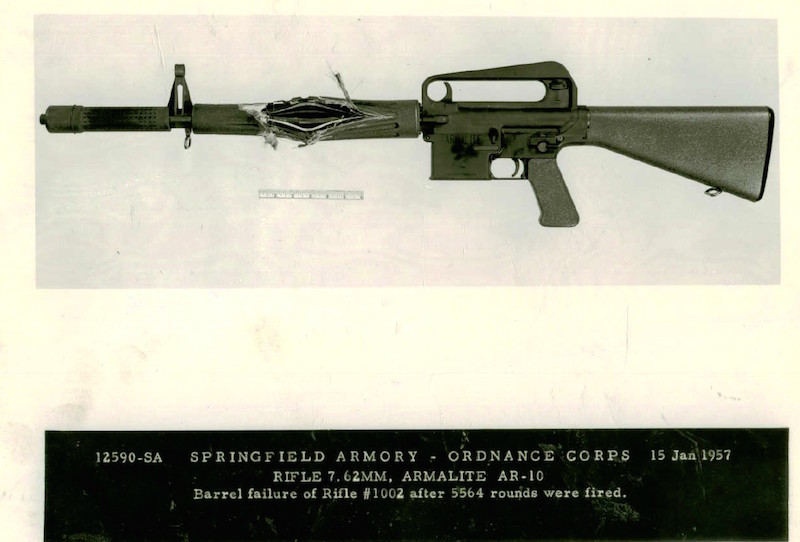
Thankfully, this wouldn’t be the end of the line for ArmaLite.
The Army adopted the T44 as the M14 in 1957. But it wasn’t all sunshine and roses once the M14 made it into Vietnam.
That same year based on combat reports coming from American military advisers and special forces in Vietnam, General Willard G. Wyman, commander of the U.S. Continental Army Command (CONARC), requested a new combat rifle. Something small, lightweight, but able to penetrate a US army helmet at 500 yards.
ArmaLite quickly decided to redesign the AR-10, downsize it, and enter it in for consideration.
Enter, the AR-15.
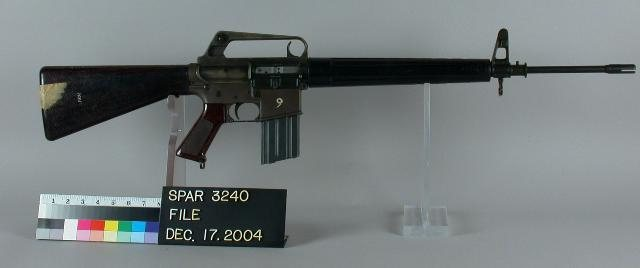
The design core elements between the AR-10 and AR-15 are basically the same. All of the operational parts are the same, just that the AR-15 is a smaller version.
While the AR-15 is the base design and is what started it all, it really didn’t see the light of day under the AR-15 name. Testing and adoption of the AR-15 was a long and brutal process, one that ArmaLite wasn’t able to finish.
In 1959 ArmaLite sold the rights to the AR-15 design and name to Colt. Colt in turn released the Colt 601 in late 1959 as the first AR-15 design rifle to hit the market. The select-fire rifle shooting the high-velocity .223 Remington was a huge success.
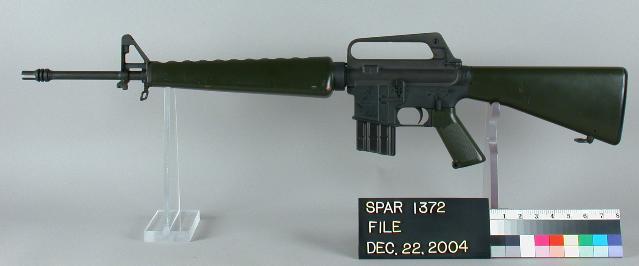
Colt 601 rifles were also some of the first to actually see combat in the hands of American special forces units in Vietnam.
The Airforce quickly adopted Colt’s AR-15/601 in 1962. It would take a few more years but eventually, the Army and Marines adopted it as the M16A1 in 1969.
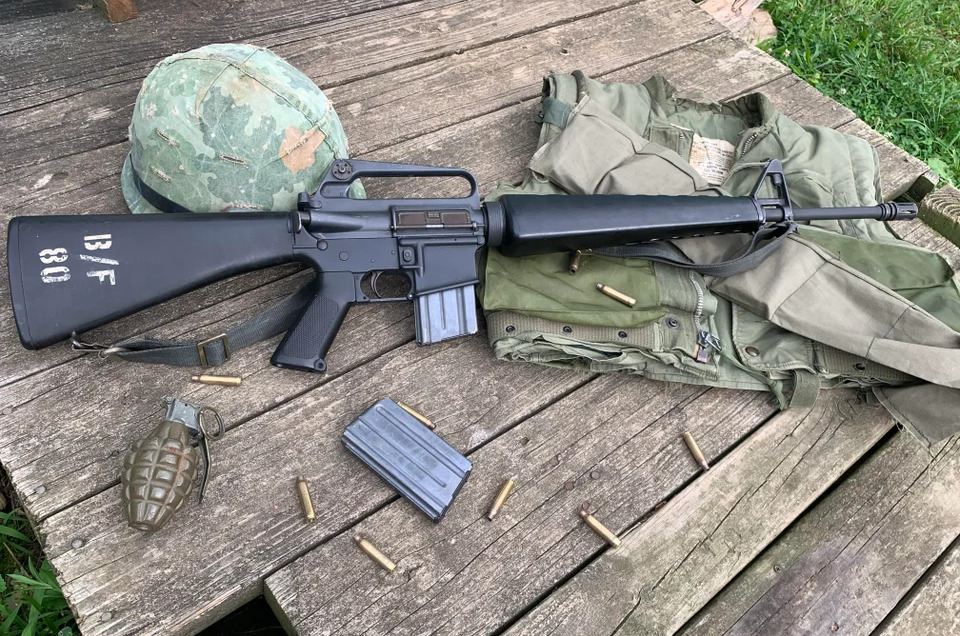
You just read a greatly abridged version of the story. The details are a lot more complex and if you’re a total gun dork, super interesting. But that’s the gist of it.
BONUS OFFER: Get your free shooting range targets to print at home!
Get your free targets to print at home!
M4 History
Almost as soon as the AR-15/Colt 601/M16 made it into the field, there was a need for a shorter version of the weapon.
With a fixed buttstock and a 20″ barrel, the AR-15/Colt 601/M16 was 39-inches from muzzle to buttplate. That’s a good bit shorter than the M14’s 44-inches, but still pretty long for jungle combat, helicopters, or vehicle crewmen.
Colt’s solution to this was to cut 5″ off the barrel and named it the Model 605B CAR-15. This version had a fixed buttstock though and wasn’t perfect. Still, it found service with the US Navy SEALs as early as 1964.
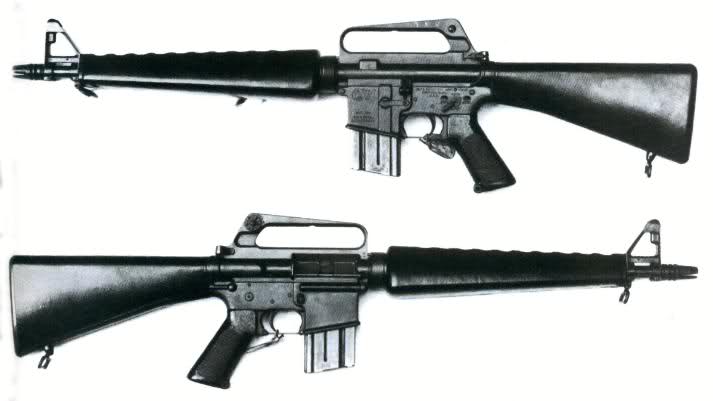
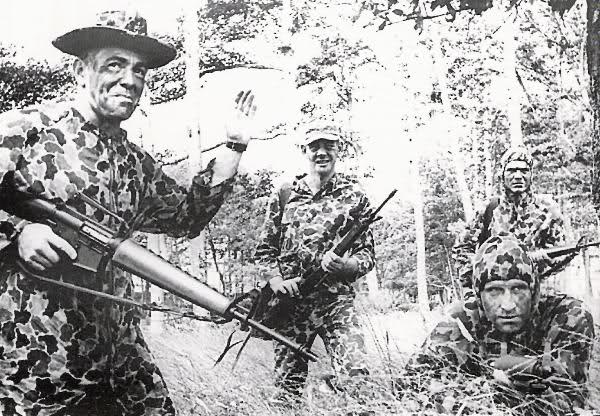
Introduced in 1959 by Colt as a “Tanker” version of the AR-15, the Model 607 CAR-15 Submachine Gun had a 10-inch barrel and adjustable buttstock. Sadly, Colt ended production after only 50 were produced.
Most of those going to the Navy SEALs and Army Special Forces. Due to the very short barrel, the “SMG” had a lot of issues from excessive muzzle flash to less than stellar reliability.
Finally, in 1966 the best features of both worlds in the 605B and 607 joined forces to create the Colt Commando.
The Colt Model 610 Commando featured an adjustable buttstock, a 10-inch barrel, and a 4.2-inch flash hider.
Classified as the XM177 and later adopted by the Air Force as the GAU-5/A, the Army ordered 2,815 Colt Model 609 (same carbine as the USAF except for the 609 features a forward assist) as the XM177E1 in 1966.
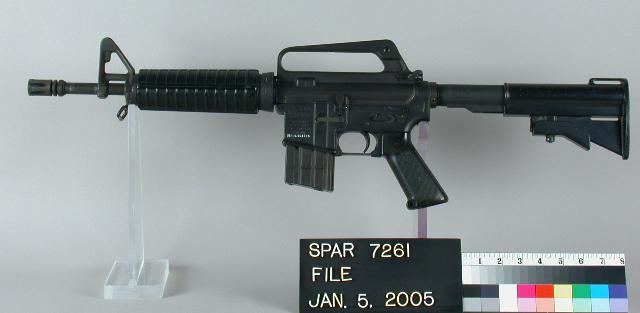
Needing to reduce flash and noise, the XM177E1’s barrel was lengthened to 11.5-inches.
Colt named the slightly longer Commando the Model 629 (with a forward assist) and 649 (without a forward assist). The Army would name it the XM177E2.
MACV-SOG (Military Assistance Command, Vietnam Studies and Observations Group) received 510 of the new XM177E2s.
However… there were problems.
Simply put, the AR-15 needs more adjustment than just hacking off barrel length so that it keeps the reliability needed. Colt and the military would learn this through field testing.
While Colt asked for the time and money to do a study, the military declined since the war in Vietnam was starting to end.
The CAR-15 Commando production line closed in 1970. However, Colt Commando carbines stayed in service with special forces units until the late 1980’s, only replaced by the XM4.
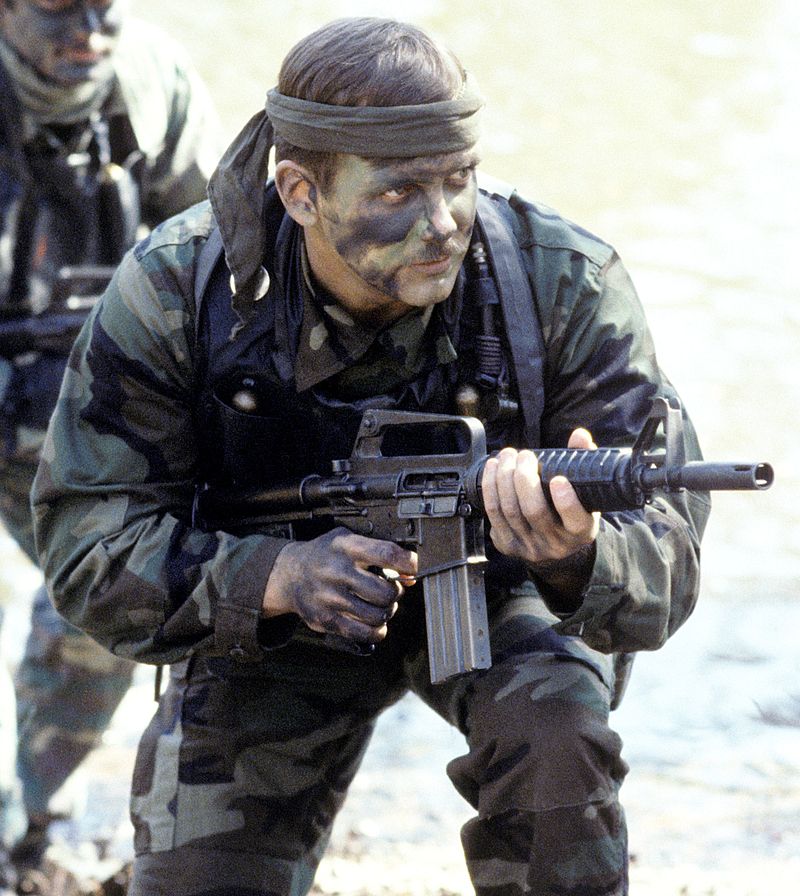
This wasn’t the end though, Colt would continue to work on a smaller version of the AR-15/M16 well into the 1980s.
Some of these very early M16 Carbines would see service with US Special Forces as well as outside of the US with the Malaysian Armed Forces and the Armed Forces of the Philippines and other special forces groups around the world.
Finally, in the early ’80s the US Marine Corps asked Colt to upgrade the M16A1 with a number of changes to strengthen the rifle and change the barrel twist rate, the result was the M16A2.
Colt’s carbine line also had these changes and resulted in the Model 723 M16A2 Carbine.
As before, US Special Forces ordered small amounts of the Model 723 — the largest user being Delta Force from the late ’80s into the 1990s.
For a ton of awesome information on the 723, I highly recommend Forgotten Weapon’s video with Larry Vickers. Vickers was a Delta operator that used the 723 extensively.
Delta Force loved their 723 carbines and used them to huge effect. In 1983 Diemaco, a Canadian company that produced M16-style firearms under license from Colt developed the C8 Carbine for the Canadian Army.
Seeing how great the 723 was and how the C8 was, the US Army asked Colt to develop their own version in 1984. Testing started immediately with experimentation carbines named “XM4” finding their way into the hands of special forces within a year.
Even as much as the military loved this new carbine, it would take 10 years before it was adopted as the M4 in 1994.
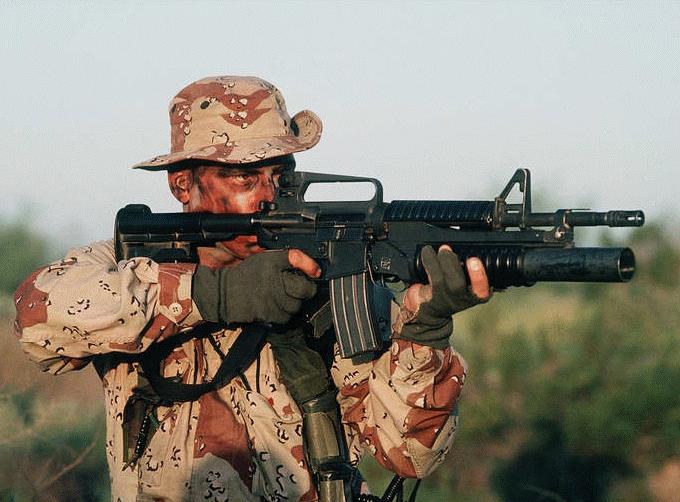
And there you have it, we finally arrive at the M4.
The Comparison: M4 vs AR15
When you get down to it, the M4 vs AR15 question is really pretty simple: it’s basically the same thing.
A military M4 is slightly shorter and has the ability to fire in full-auto.
The modern-day “standard” AR-15 that the vast majority of us normal people buy is generally a 16″ barrel with an adjustable stock while the M4A1 has a 14.5″ barrel.
Select-Fire vs. Semiautomatic
In all iterations of the AR-15, M16, M4, Colt Model 6XX, XM-whatever, there is one major defining difference between a military AR and a civilian AR — select-fire capability.
While all of these rifles have “safe” and “fire”, only military ARs have 3-round burst and/or full-auto.
There is a very small number of AR-15s/M16s that were made in full-auto before the 1986 ban, but those are insanely rare and cost about $30,000+.
While exact specs and features vary wildly between different military models and different civilian models, full-auto is really the only true fundamental difference.

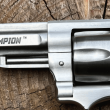



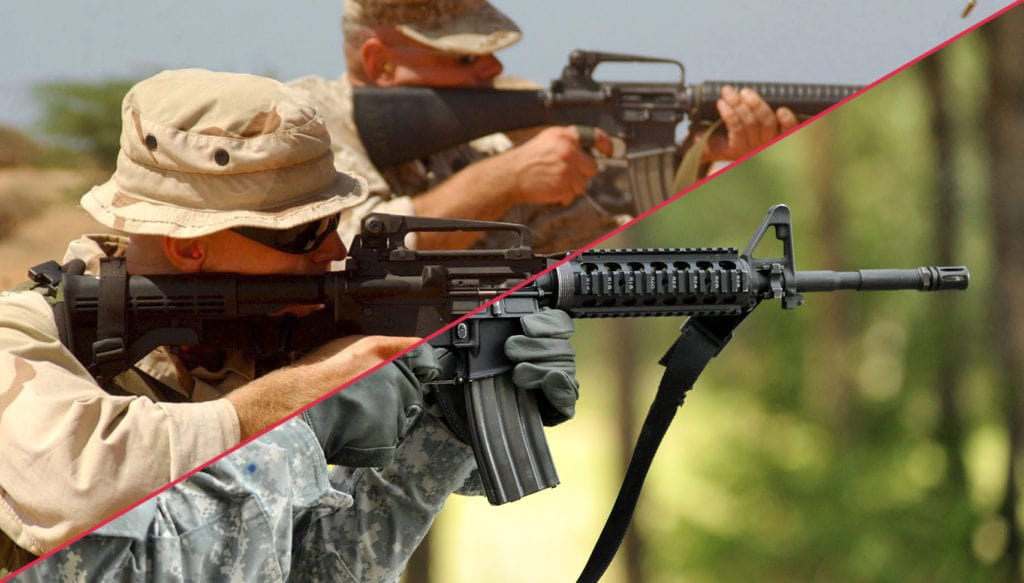
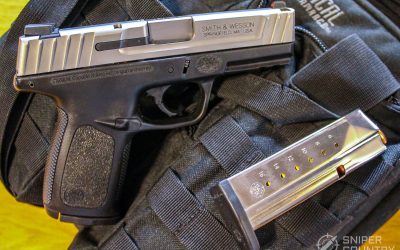

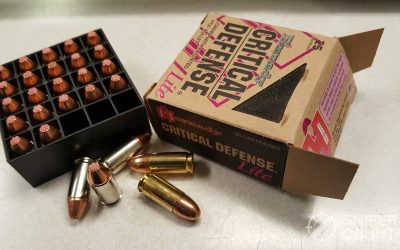
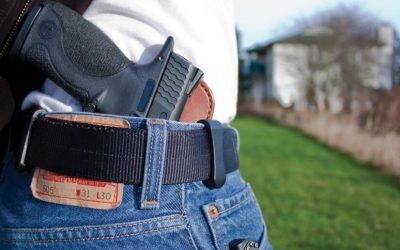
![9mm Glock Models [Ultimate Guide]](https://www.snipercountry.com/wp-content/uploads/2018/10/Glock-17-vs-Glock-19-vs-Glock-26-vs-Glock-41-vs-Glock-43-WM-400x250.jpg)
![Handgun Caliber Chart [2025 Ultimate Guide]](https://www.snipercountry.com/wp-content/uploads/2018/10/Handgun-Caliber-Comparison-400x250.jpg)
![Rifle Calibers [Ultimate Guide]](https://www.snipercountry.com/wp-content/uploads/2018/12/Header-1900-400x250.jpg)


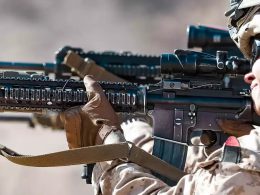
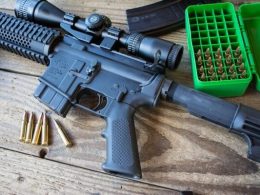

Well it’s clear you’re using heavily dated information about the AR-15. Because modern AR-15s are carbon copies of M4s. If you don’t know to look for the selector you’d never tell them apart. The good ones do have chrome lined barrels, are hbar, etc.